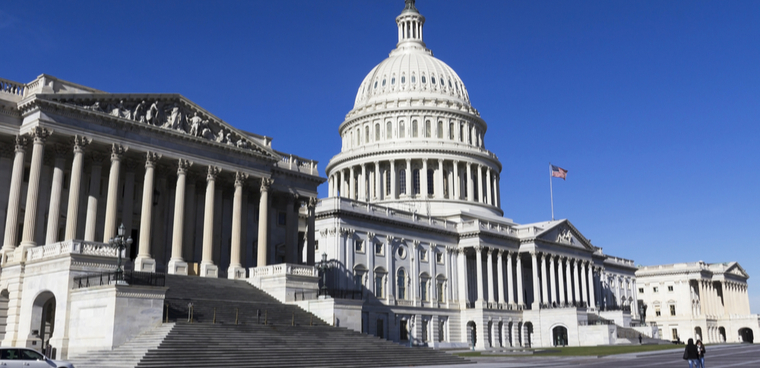Lawmakers talk agency performance plans, TMF

During a hearing before a subcommittee of the House Oversight and Reform Committee, agency officials and lawmakers talked about the potential difficulties posed by TMF repayment requirements when some modernization efforts don’t result in easily quantifiable cost savings.

A bipartisan bill introduced in the House on Friday takes aim at updating the process for agencies’ creation of congressionally mandated performance plans.
Agencies are required to make publically available performance plans annually that lay out their strategic goals and objectives. The law mandating this process requires agencies’ chief human capital officers to help create the plans, but Reps. Gerry Connolly (D-Va.), chair of the Subcommittee on Government Operations of the House Oversight and Reform Committee, and Jody Hice (R-Ga.), the panel’s ranking member, want to require more agency leaders to take part in this process.
“You’d think the things this bill requires would be common sense – when making an agency performance plan, use the people with the right expertise and take into account what it’s going to take to set realistic performance goals and make this plan work,” Hice said in a statement about the bill. “But that’s not always the case. This costs valuable resources, and it has to change if we want to stop wasting time and money.”
The bill, called the Performance Enhancement Reform Act, would amend current code to require agencies to both include more leaders in the process and explicitly consider human capital and IT in the plan.
If passed, it would loop CIOs, chief data officers and chief financial officers into the process. It would also require plans to include descriptions of agencies’ human capital needs and planning in addition to their technology modernization investments, strategies and needs.
The bill was introduced during a hearing on April 16, one of two oversight hearings held annually on the Federal Information Technology Acquisition Reform Act (FITARA).
Connolly praised the bipartisan nature of the subcommittee’s work on IT issues, saying during the hearing that “we don’t agree on a lot of things, but when it comes to IT modernization, we’ve had bipartisan harmony coming out of this subcommittee.”
Lawmakers and agency representatives also talked about the recent $1 billion investment in the Technology Modernization Fund.
House Democrats on the committee have pressed the administration to give a plan for how TMF will use these new funds, which skyrocketed far above the usual appropriations the fund receives of around $25 million, and how they’ll ensure the continuity of the revolving fund’s self-sustaining set up. Currently, agencies are required to pay TMF back within five years unless they get an exemption.
However, some industry and government officials have said the reimbursement requirements can pose difficulties for agencies that need money to do updates that might not necessarily result in cost-savings.
“Several of the agencies have said that the reimbursement model itself is cumbersome, especially for IT projects that are critical to the mission but might not realize costs,” said Del. Eleanor Holmes Norton (D-D.C.). “What other considerations should congress and the administration take into account other than projects that realize hard costs?”
Many modernization projects that don’t have apparent cost savings will still result in better services for citizens and users, said Kevin Walsh, the director for information technology and cybersecurity issues at the Government Accountability Office.
“When you replace a bicycle with a motor car, will it result in savings? The motor car will require sometimes more to maintain, but it takes [you] farther and faster,” said Department of Labor CIO Gundeep Ahluwalia.
Ahluwalia also talked about the way Labor already is successfully using TMF funding for IT initiatives.
“In 2018, we used TMF funding to streamline the temporary labor certification program from a paper-based to a completely digital process, resulting in a $2 million annual savings for the department,” he said. ‘”I shudder to think what would have happened to that printing operation during COVID-19.”
DOL recently secured its second set of funding – $9.6 million for modernizing its enterprise data infrastructure.
Other agency leaders said that TMF hasn’t served as the right tool for them to pursue more innovative projects. U.S. Agency for International Development CIO Jay Mahanand said his agency’s proposals to use TMF funding for innovative projects have been turned down.
“So I think on the TMF, my two cents is that it’s also looking not just at modernization, but getting to … where agencies can use that money to innovate and be better at that,” he said.
NEXT STORY: Quick Hits: April 16






